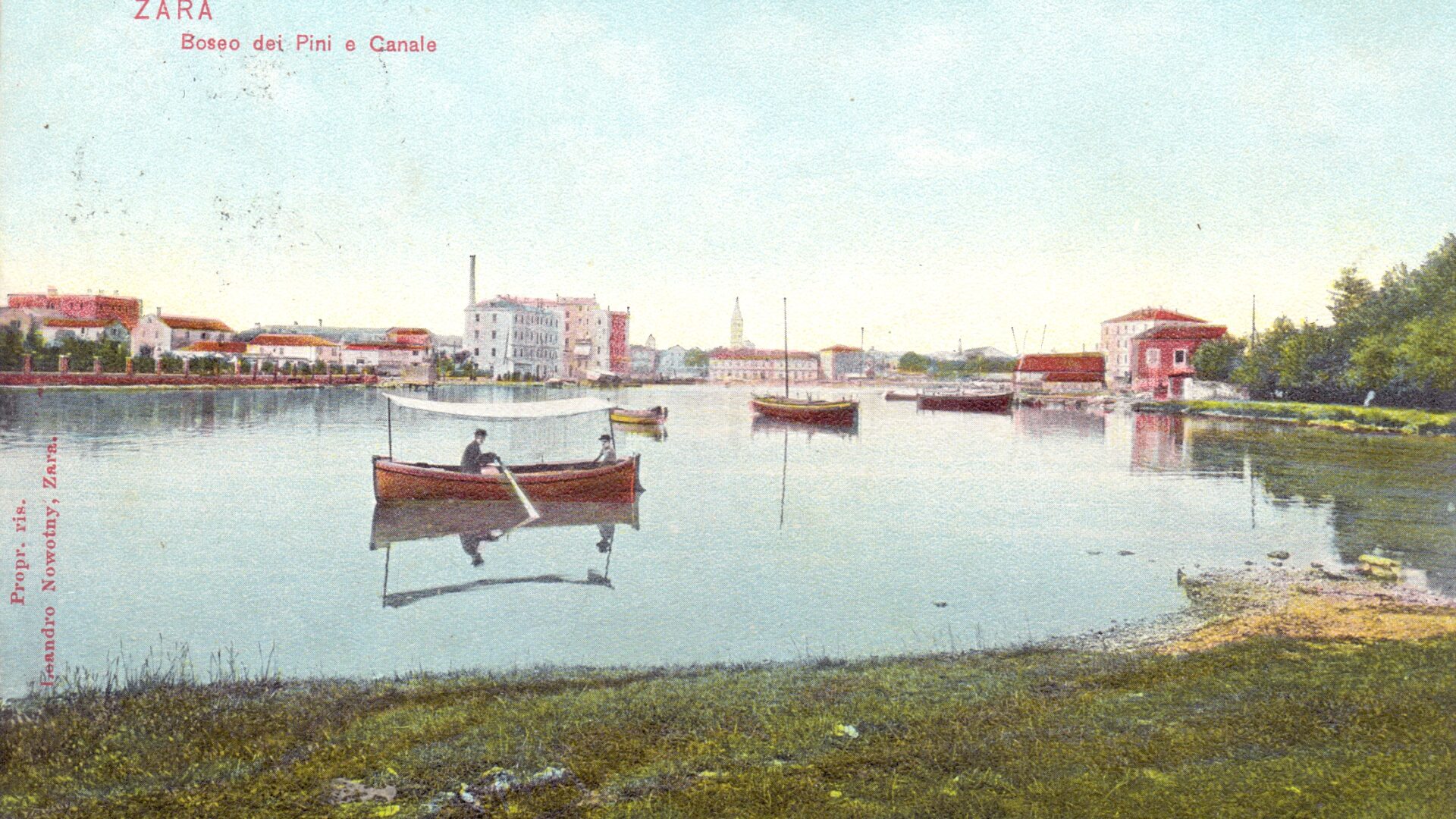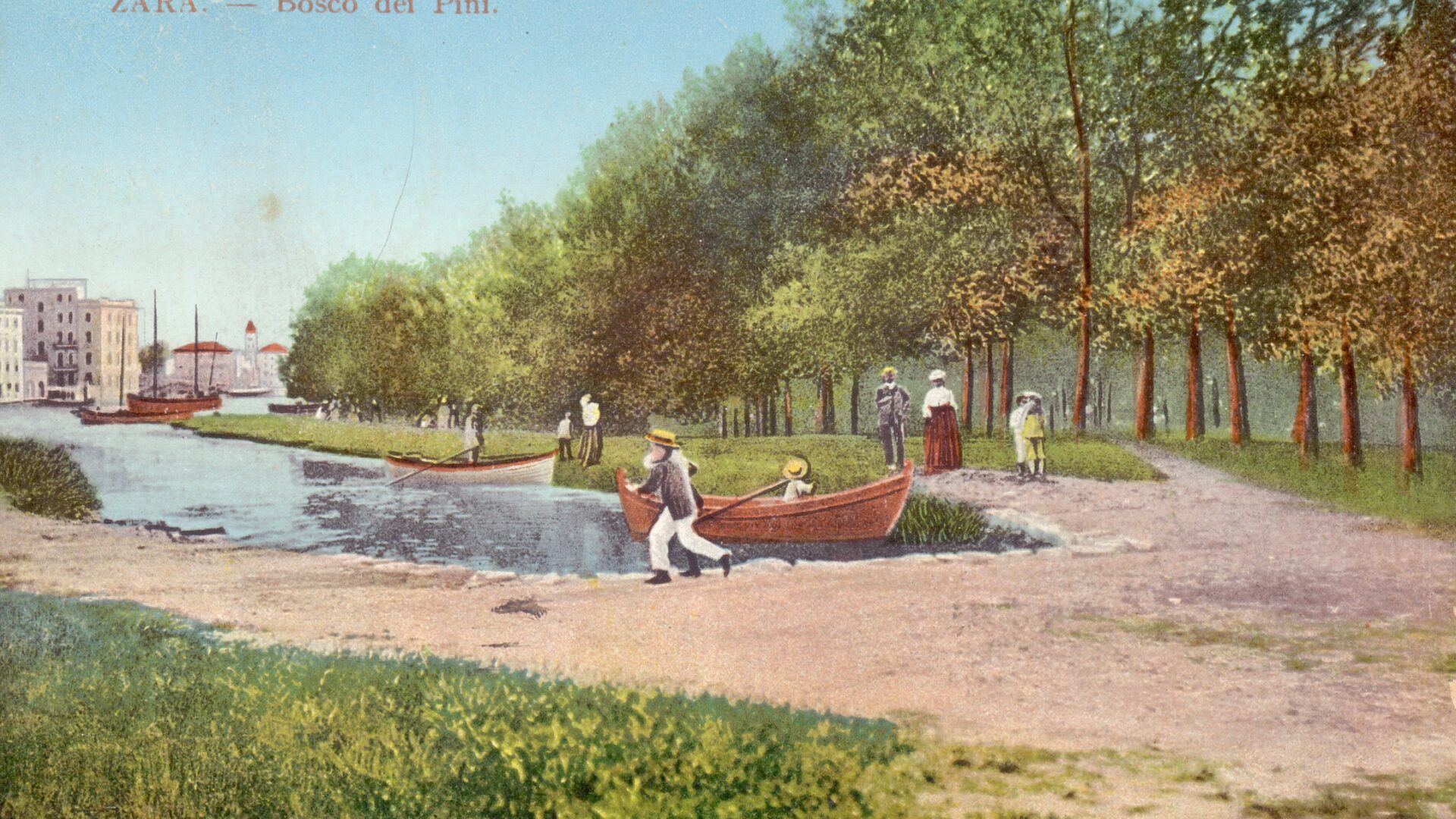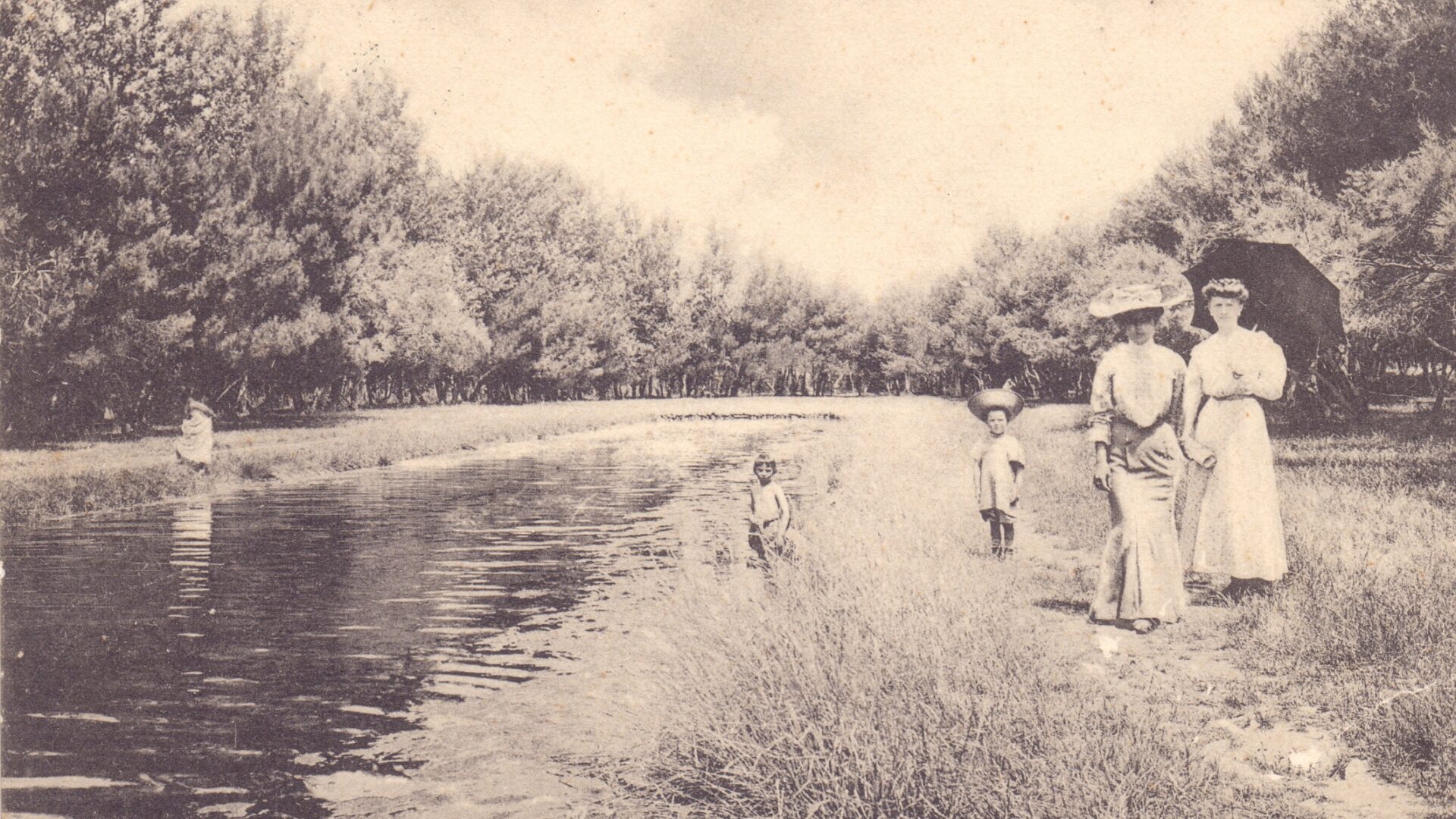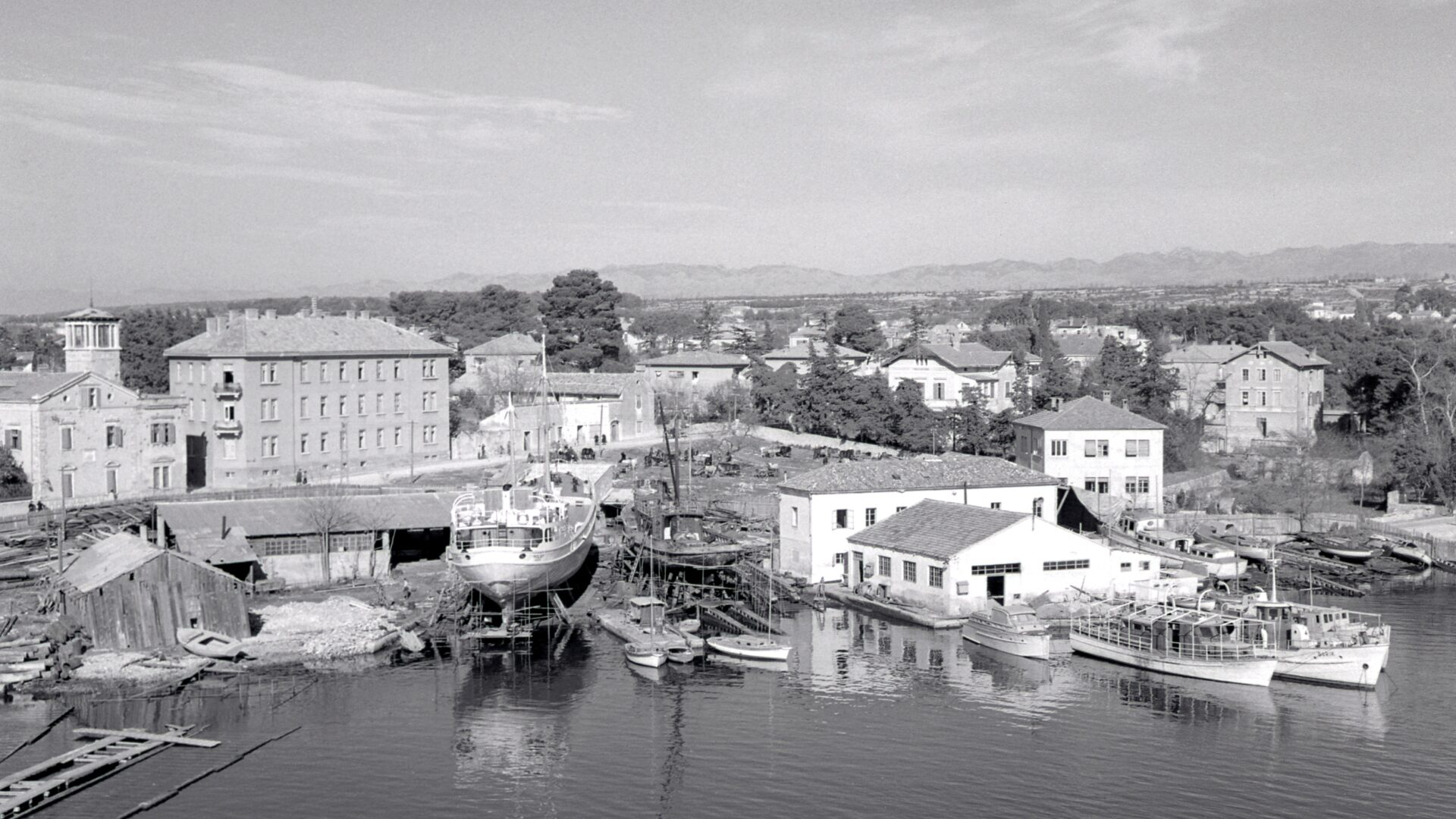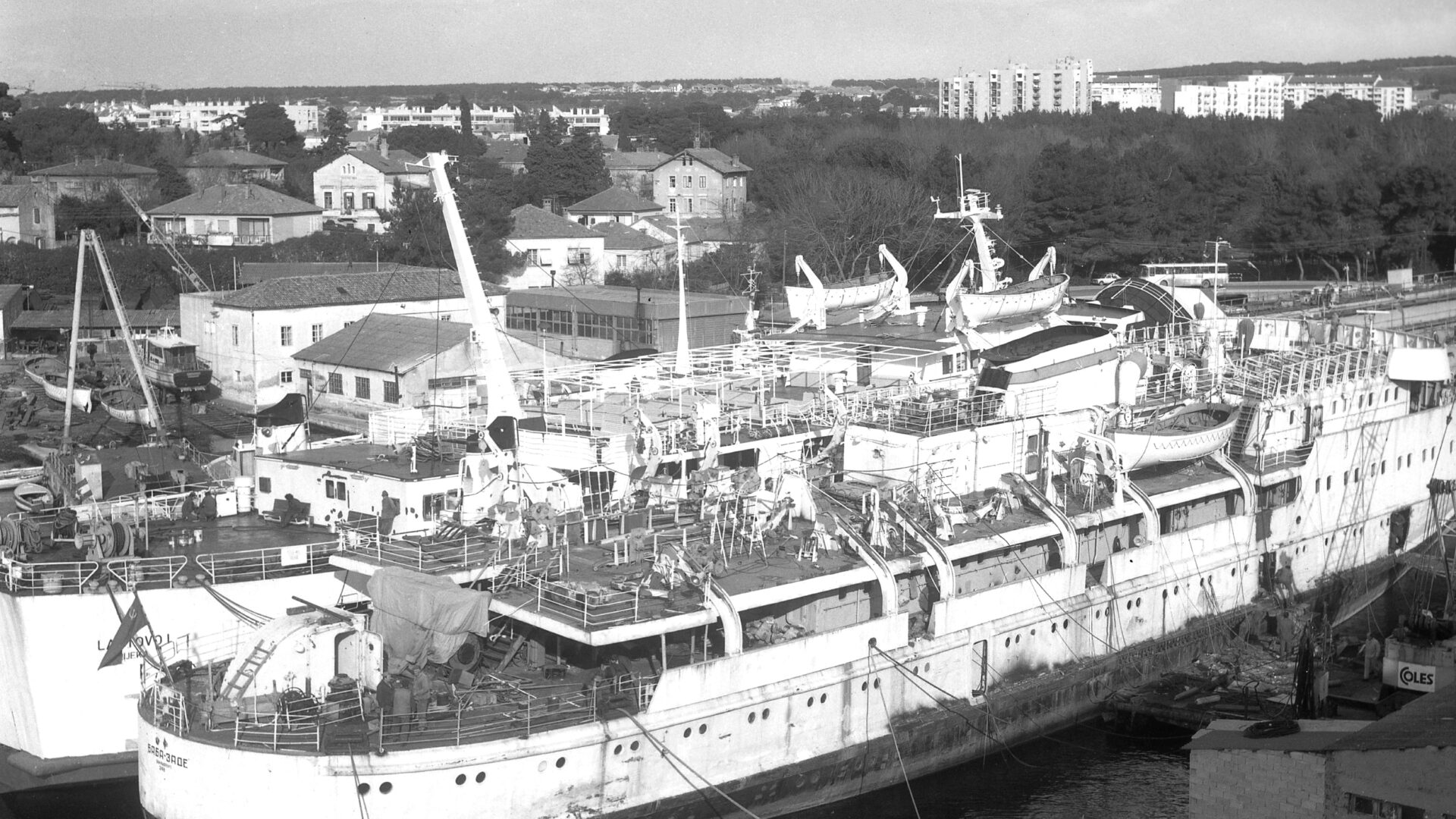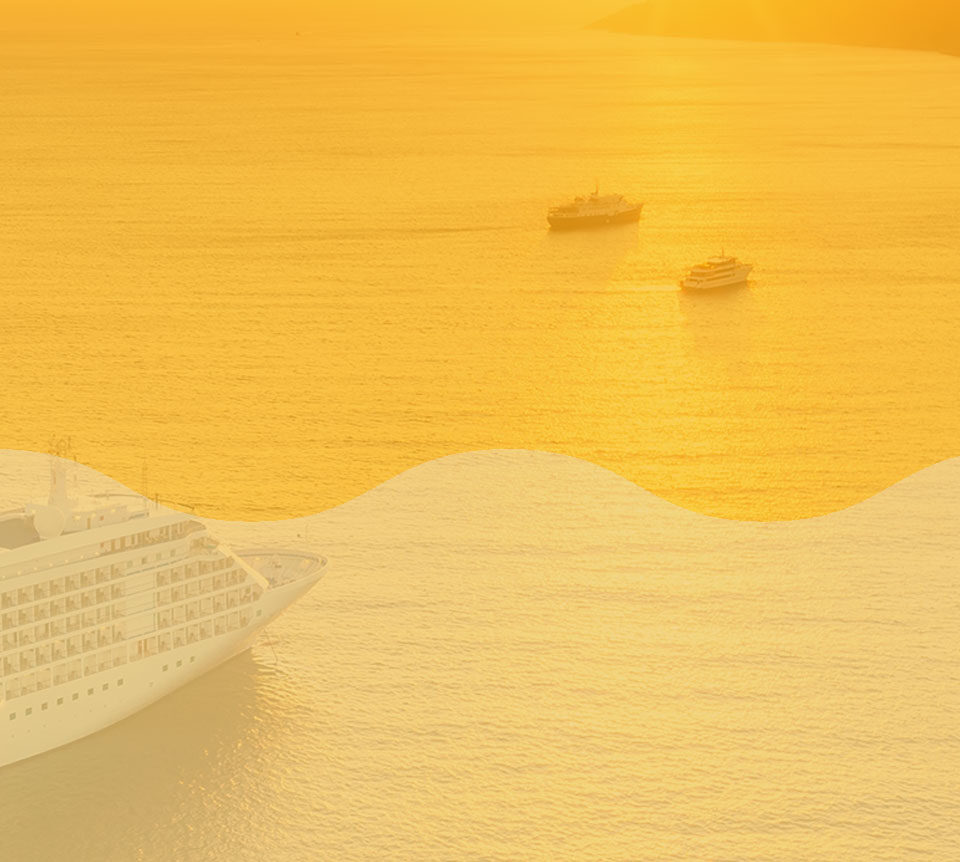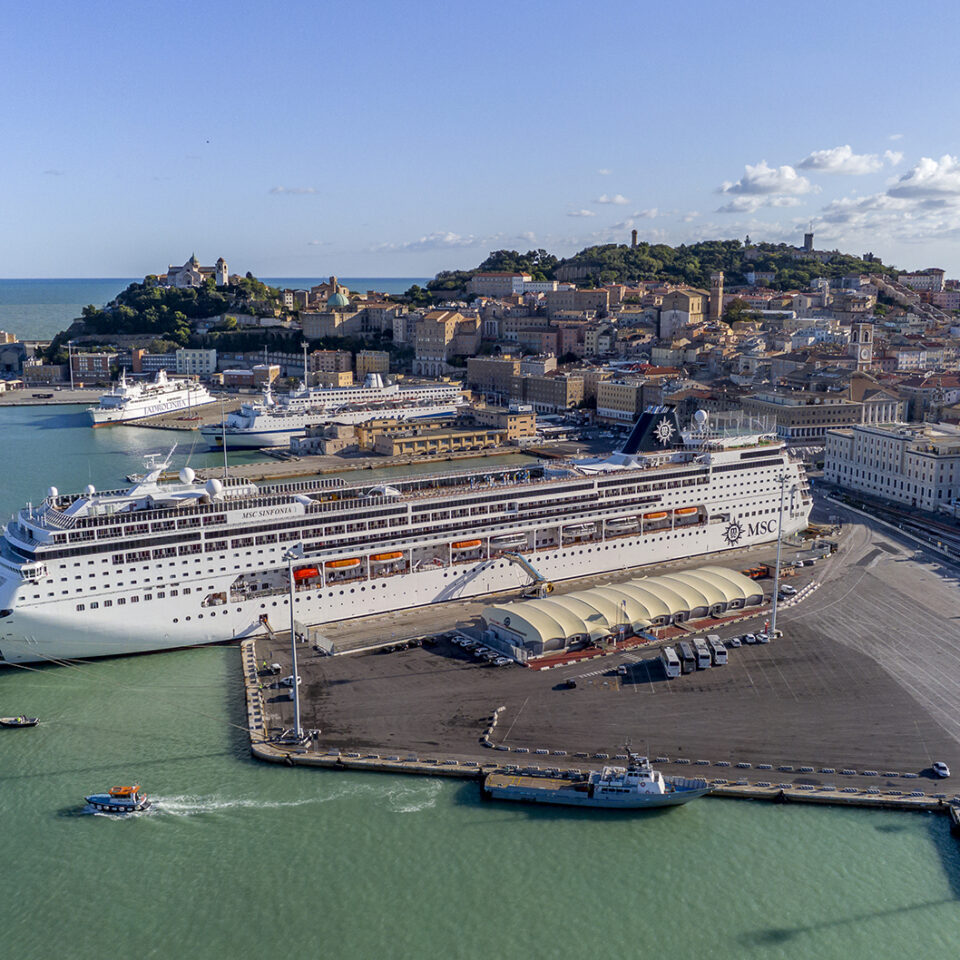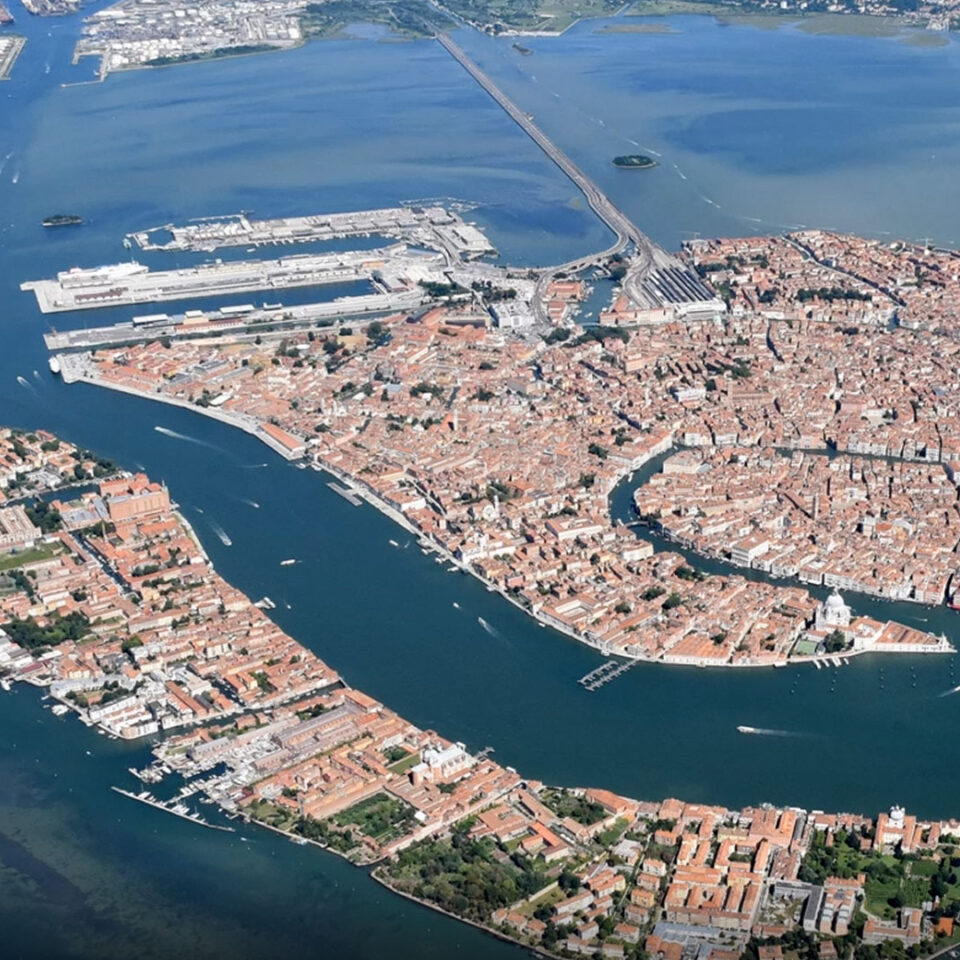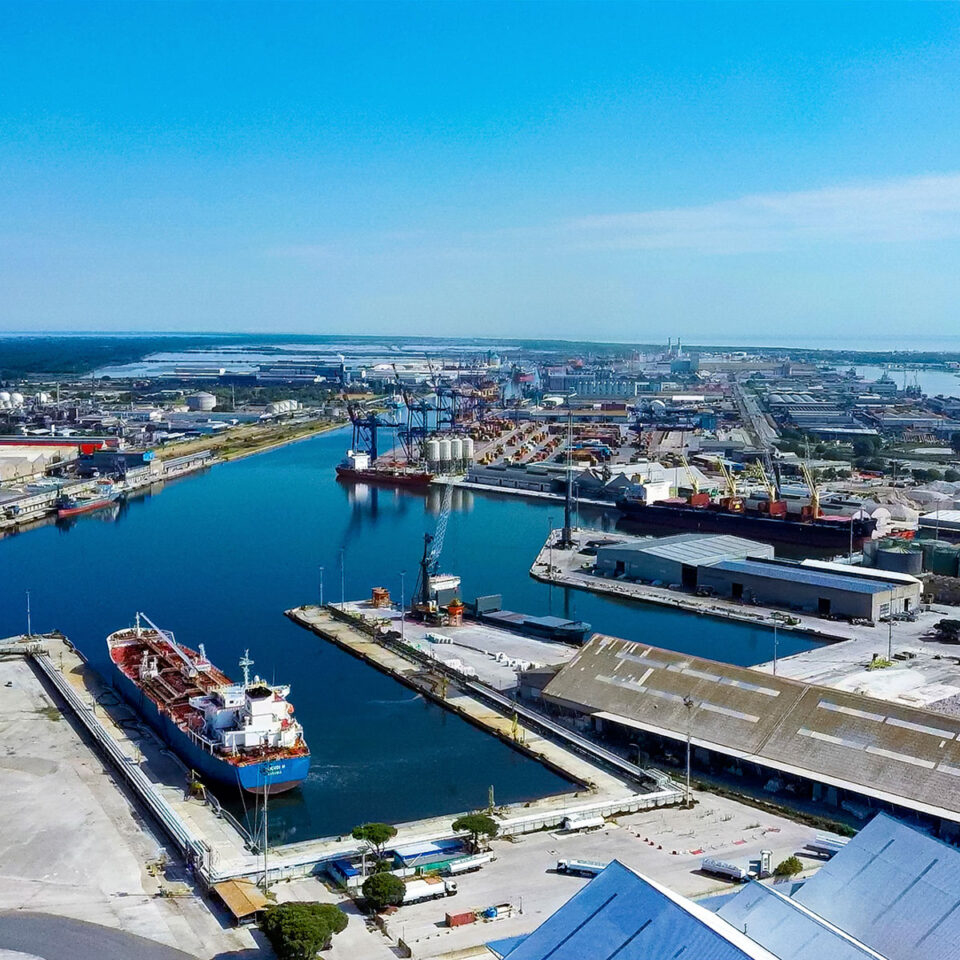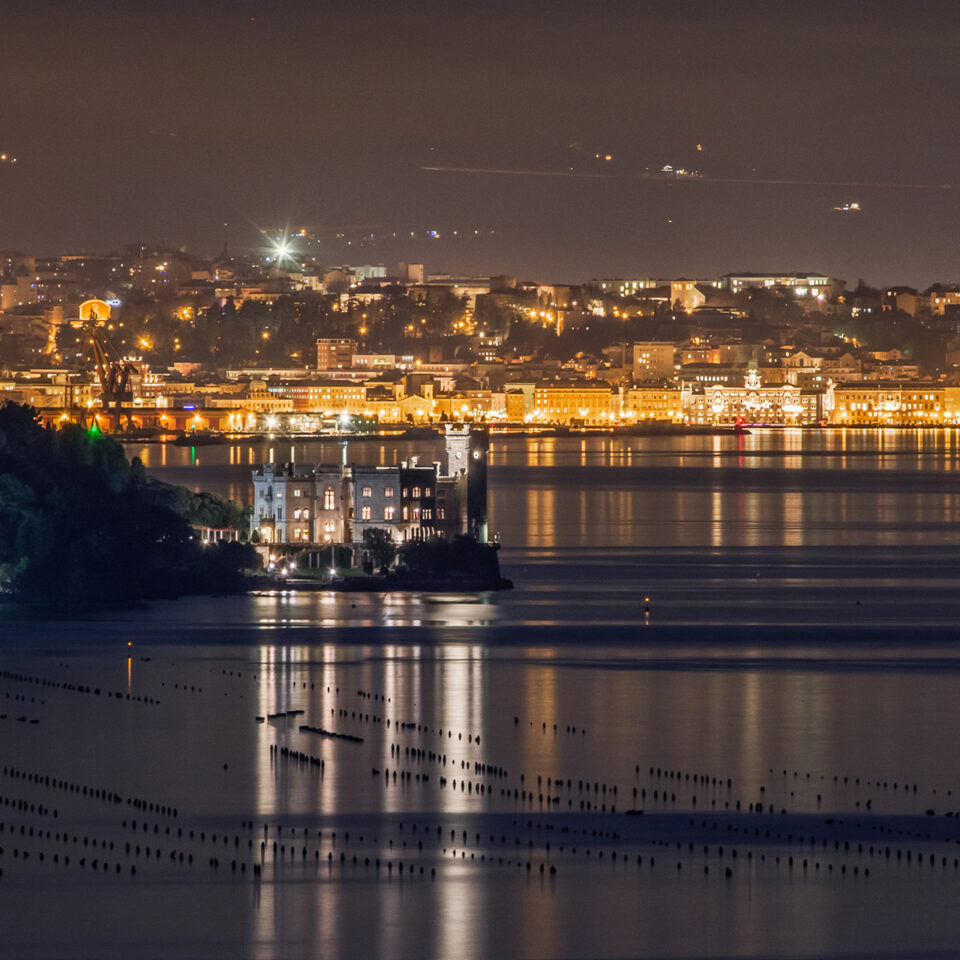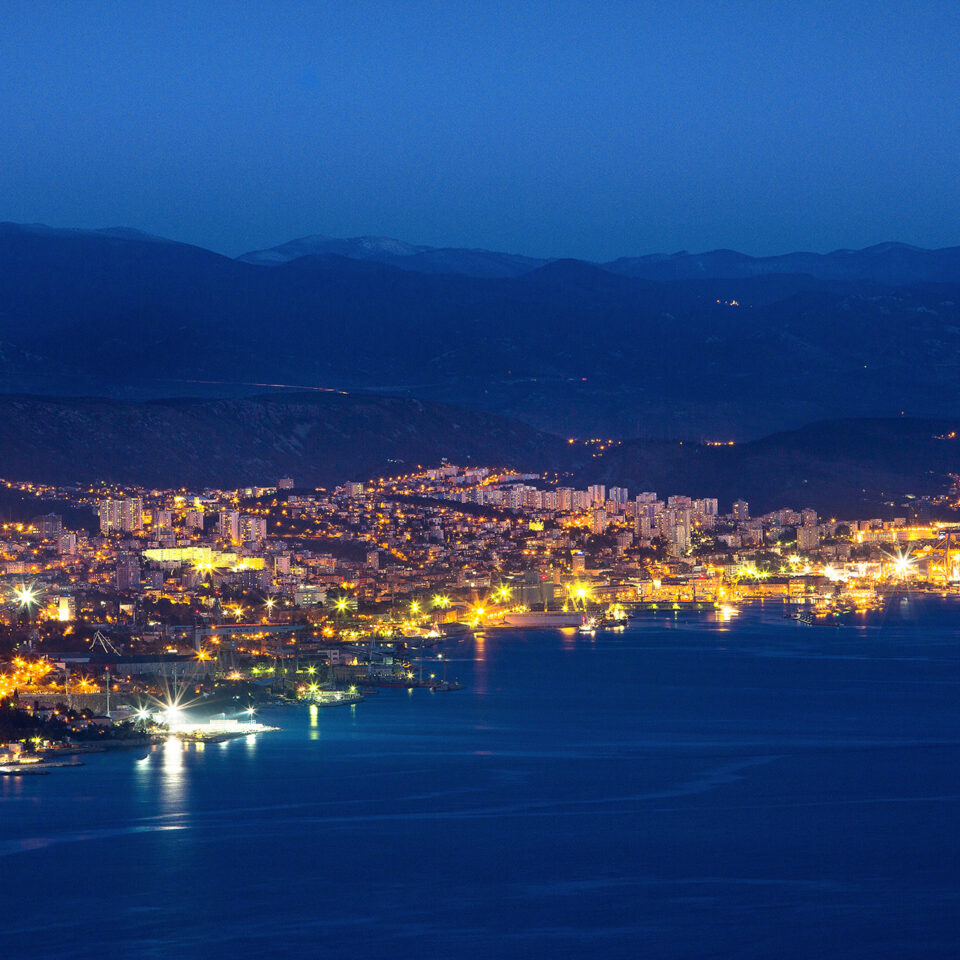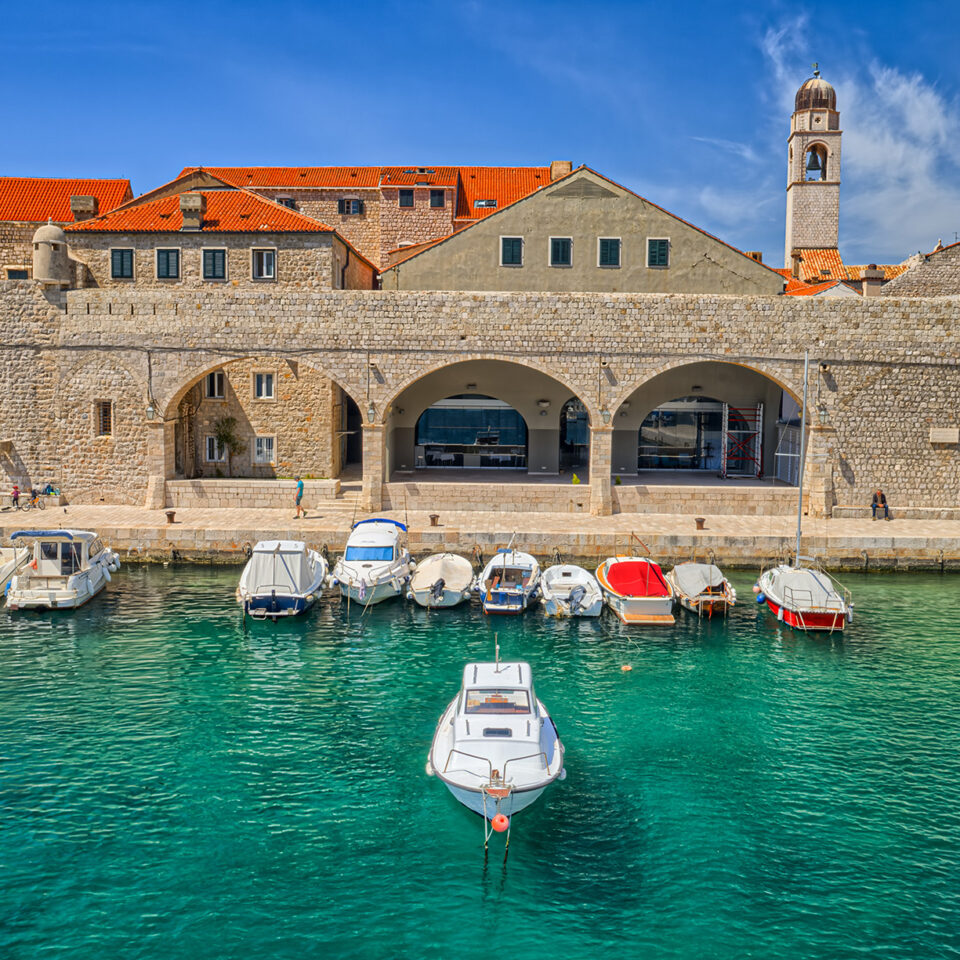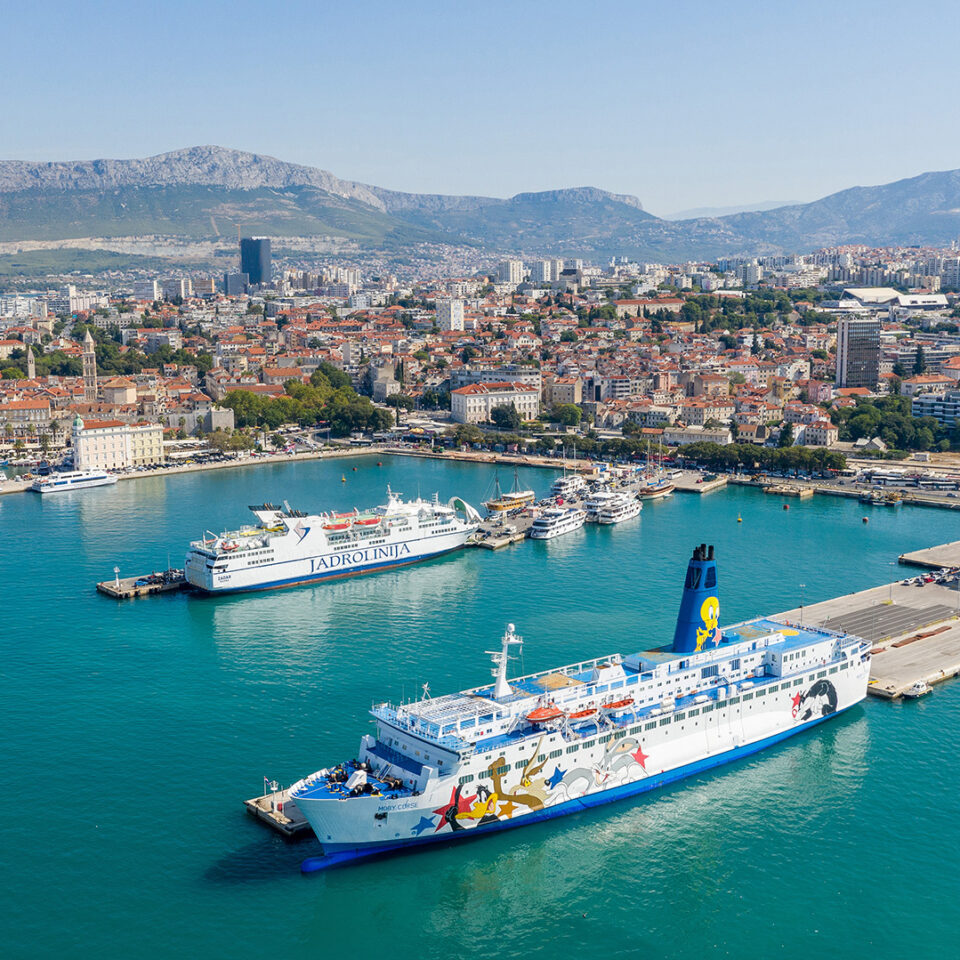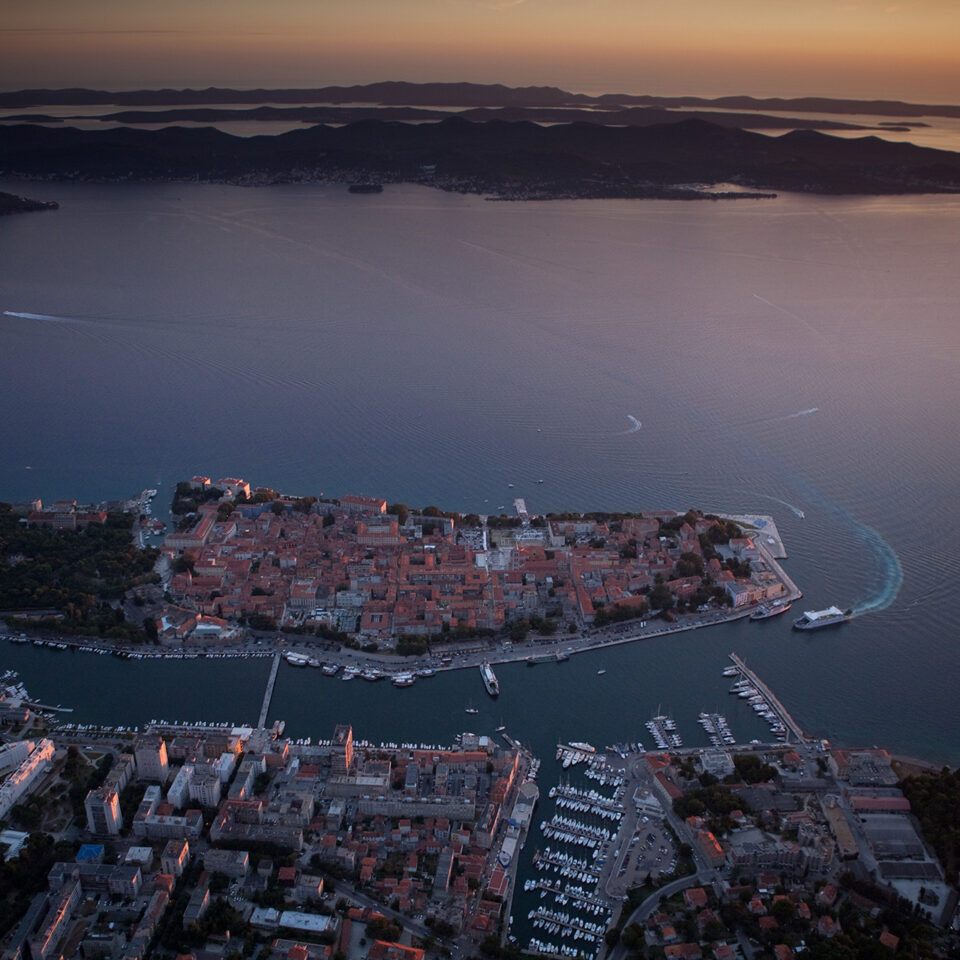

Export of cattle from Vrulja Bay
Vrulja bay, located north from of the city and port, for a long time was called Viladibora (Valle di bora) after the Bura, one of the three dominant winds of this area that blows from the northeast. It is less known, even among the citizens of Zadar, that the oldest name of this bay was the Bay of St. Jacob. The bay got its name from the church of St. Jacob which was located on the cape on the west side of the bay. The church was built in the late 12th century and was consecrated to St. Jacob, the patron saint of travelers, which testifies to the fact that this place was often used as a starting point for a long voyage. Numerous plans of the city from the 16th century marked a large pier next to the church of St. Jacob which was certainly very important for the port traffic of Zadar. In the 17th and 18th century, this area became known as a loading point for cattle transportation from Bosna and Lika to Venice.
By the end of the 16th and the beginning of the 17th century, a large part of the Zadar hinterland was under the Ottoman Empire. The inhabitants of Bosnia and Lika exported their agricultural goods and livestock products, such as meat, leather, tallow and cattle to the west. From Dalmatian towns and from the west, they imported primarily sea salt, which they used to feed people and livestock, for tanning leather and for preserving and drying meat, as well as salted fish and various handicraft products. The position of Zadar was ideal for such a form of trade, so trade developed significantly in that period. Zadar became the main cattle export port of Ottoman Empire and Hungary. In the forst half of the 17th century more than 30,000 cattle and horses a year were loaded on ships and exported to Venice from the port of Zadar.

